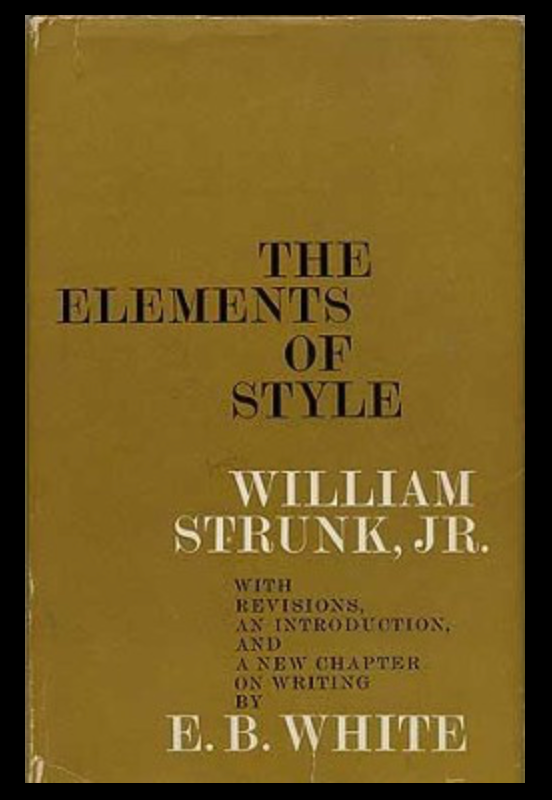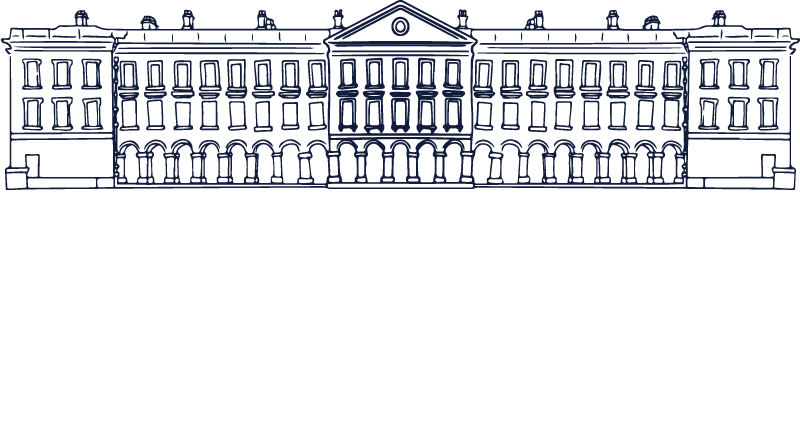Nib #93 “Show Don’t Tell” for Persuasive Writing
“Show, don’t tell” may be the #1 piece advice in creative writing. It urges authors and poets and even journalists to put their readers in a scene, in a moment, in an image, rather than simply describing it.
It’s good advice — and just as applicable to persuasive writing. Consider the following telling sentences, of the sort written every day in Washington op-eds, speeches, constituent letters, etc.
Immigration is a crucial issue to America.
These budget cuts will hurt the most vulnerable.
The economy needs pro-growth tax cuts.
The problem with these telling sentences is that they assert conclusions instead of presenting evidence. They raise questions rather than answer them. Why is immigration crucial? How will the budget cuts hurt people? What will pro-growth policies do for the economy?
If we rework those sentences to focus on evidence instead of unearned conclusions, they become more interesting, vivid, and persuasive:
Joe Biden’s open borders policy reduced blue collar wages by 4%, added $61 billion to the budget deficit, and enabled drug cartels to smuggle enough fentanyl into the country to kill every American citizen.
Under these budget cuts, a single Ohio mom with three kids would lose her health insurance, child care, and her second job.
If we lower income and capital gains tax rates today, Colorado alone will see 3,200 new business startups and 20,000 new jobs in the next 12 months.
Persuasion is not about telling people how they should think about an issue. It’s about showing them the issue — the problems, proposals, and tradeoffs — in such a way that they reach the conclusion you want them to reach.
Whatever your evidence — statistics, stories, analogies, images — don’t describe them. Don’t explain how people should feel about the evidence. Instead, present the evidence, as clearly and concretely as possible. Do that, and the persuasion will take care of itself.
Until next week… keep writing!











